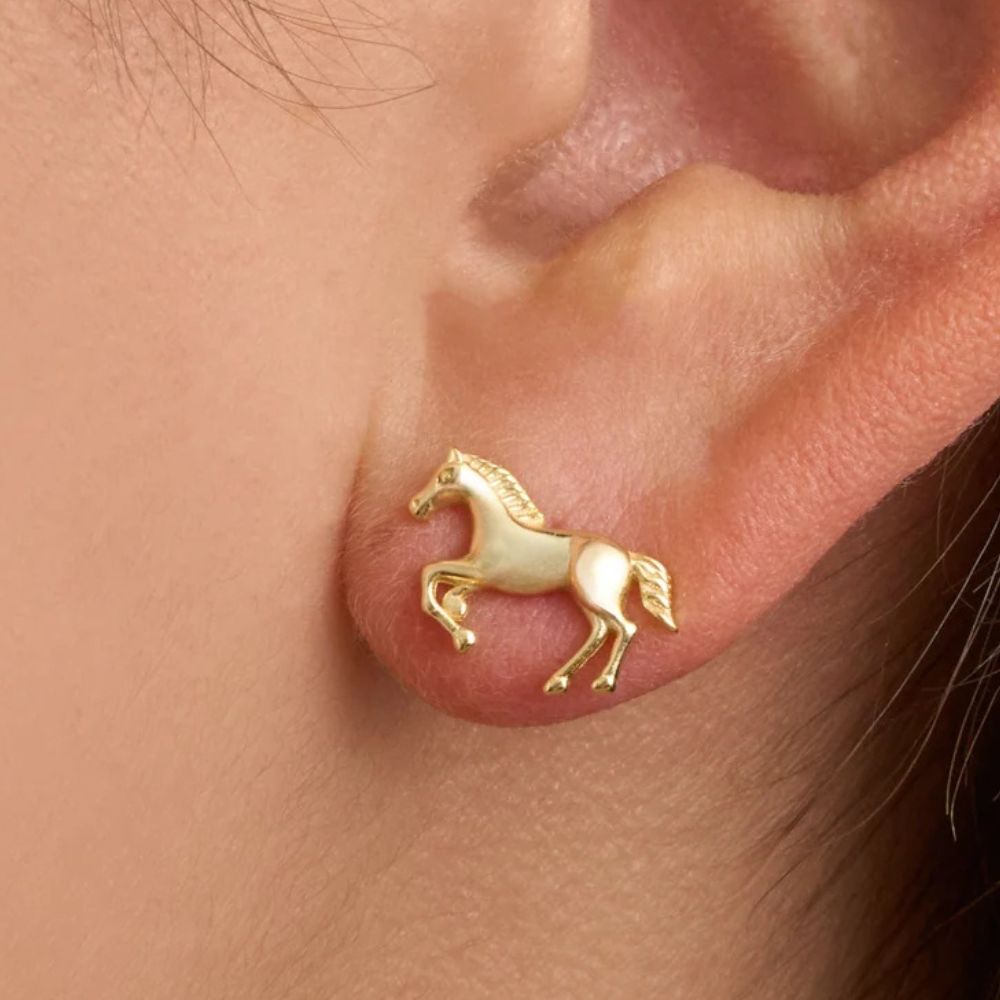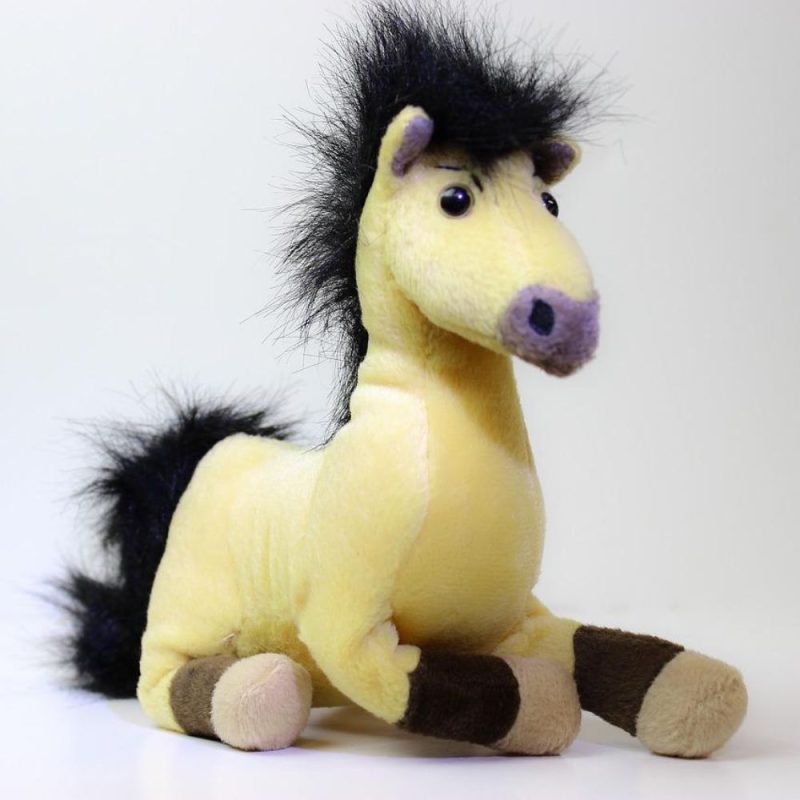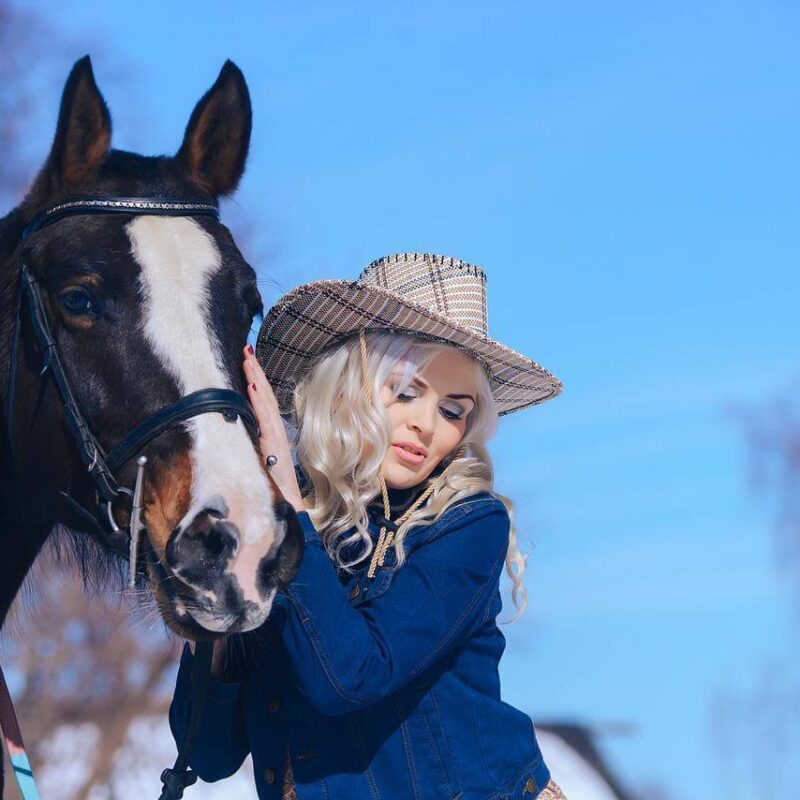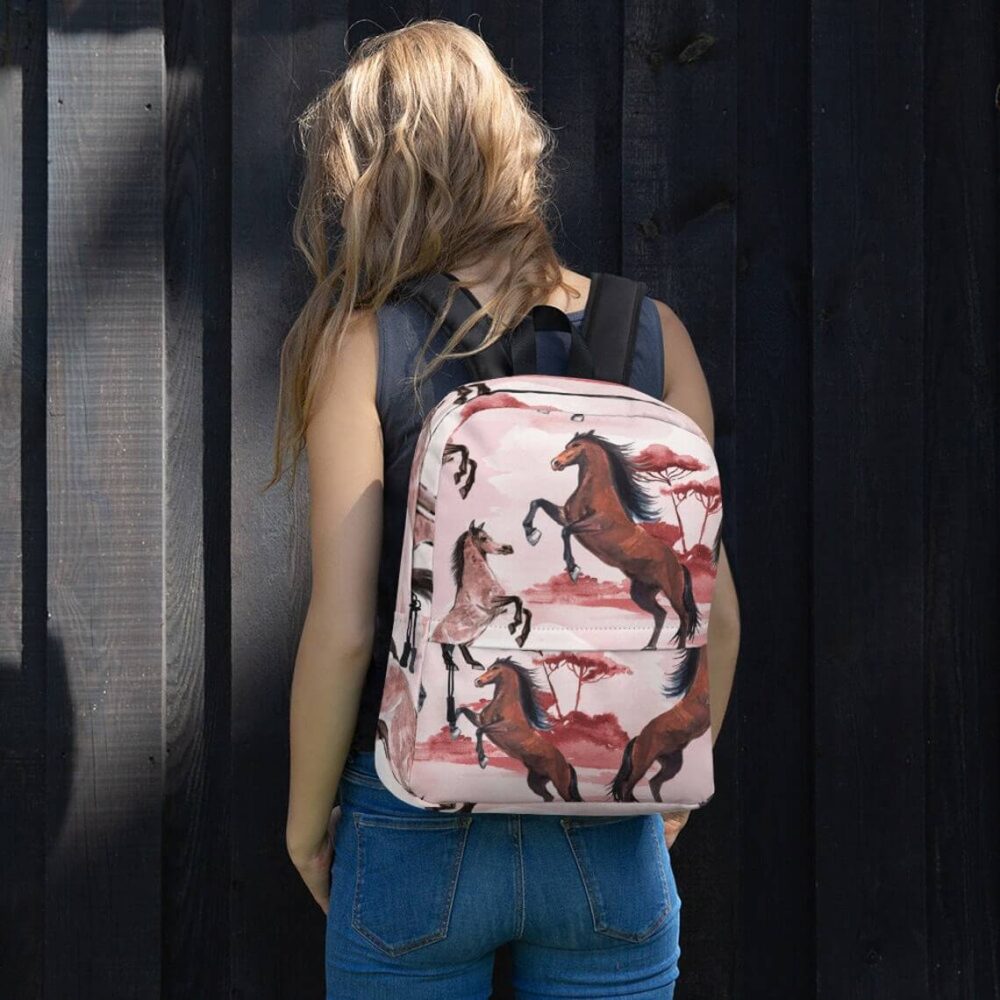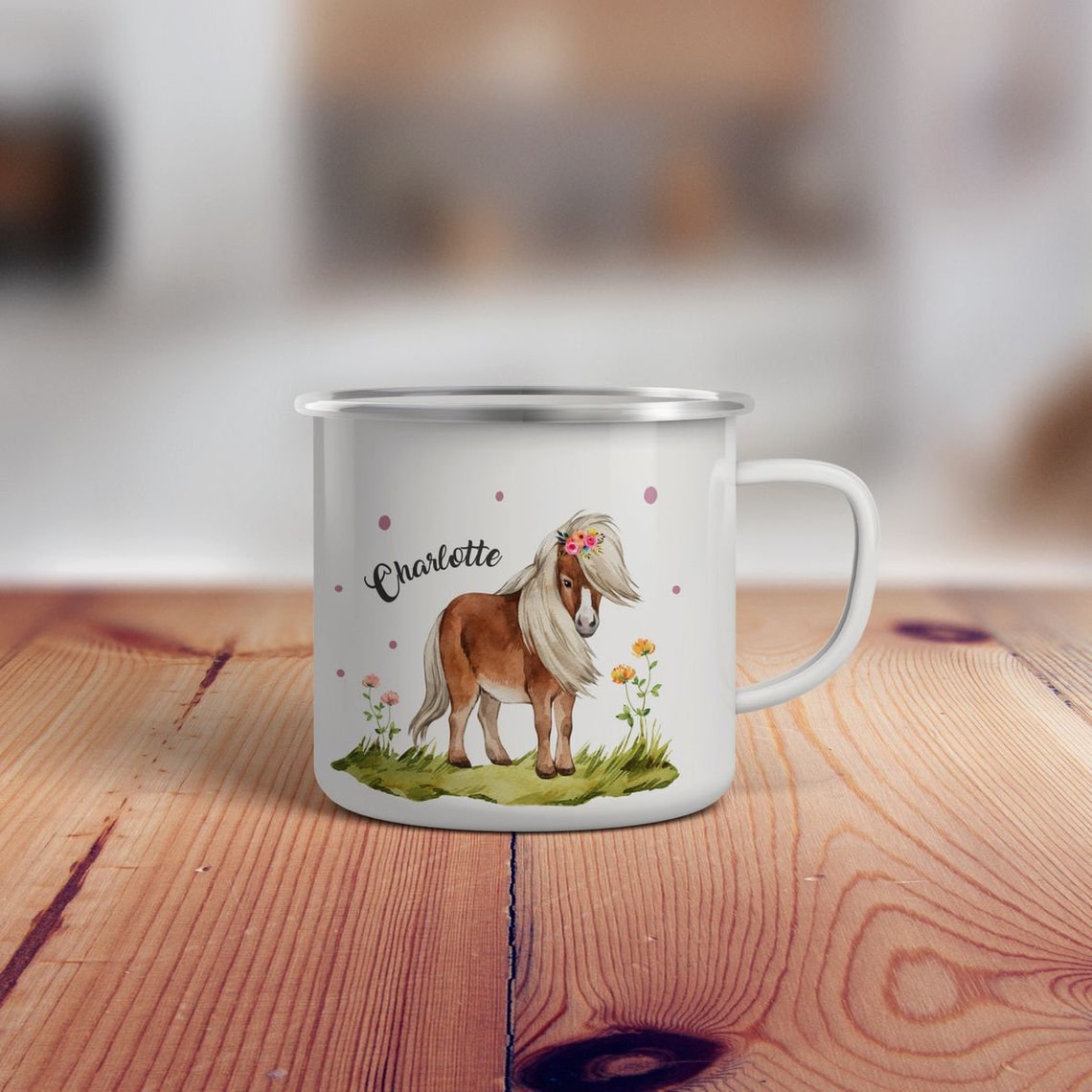
How Long Can a Horse Be on Dexamethasone
Ever watched a stiff-legged horse hobble out of its stall, ears pinned back in discomfort? That’s where dexamethasone—a potent corticosteroid—often steps in. Whether it’s battling inflammation, allergies, or autoimmune conditions, this medication can offer much-needed relief. But like any powerful tool, it must be used wisely. So, how long can a horse safely stay on dexamethasone without risking side effects? Let’s dive in.
How Long Can a Horse Be on Dexamethasone?
The short answer: dexamethasone should never be a long-term solution for horses. While it’s highly effective for acute issues, prolonged use (beyond 1–2 weeks without veterinary supervision) can lead to serious complications like laminitis, immunosuppression, or Cushing’s-like symptoms. Think of it as a firefighter—great for putting out flares, but you wouldn’t want one stationed in your barn indefinitely.
Most vets prescribe dexamethasone for short bursts—3 to 7 days for allergic reactions or acute inflammation. For chronic conditions, they might taper the dose or explore alternatives like joint supplements, physical therapy, or targeted NSAIDs.
But let’s be honest: every horse is different. A young, resilient Thoroughbred might tolerate a slightly longer course than an older pony with metabolic issues. The key? Never wing it. Always follow your vet’s protocol to the letter—skipping doses or DIY adjustments can backfire spectacularly.
Why Dexamethasone Works (and When It’s Needed)
Dexamethasone is a corticosteroid, mimicking hormones produced by the adrenal glands. It’s a superstar at reducing inflammation, calming allergic reactions, and suppressing overactive immune responses. Common scenarios where vets reach for it include:
- Severe hives or insect-bite hypersensitivity
- Acute arthritis flare-ups
- Respiratory conditions like asthma (heaves)
- Post-surgery swelling
Picture a horse with swollen, itchy hives—dexamethasone can bring relief within hours. But that rapid response comes with caveats. Unlike milder meds, it’s not a “set it and forget it” solution.
The Risks: When Dexamethasone Does More Harm Than Good
Laminitis is the big scare. Corticosteroids can disrupt blood flow to the hooves, particularly in horses with insulin dysregulation. Then there’s immune suppression—leaving your horse vulnerable to infections—and the risk of muscle wasting or weight gain with prolonged use.
Ever seen a horse on long-term steroids? Their coat might dull, their metabolism can go haywire, and they may start drinking and urinating excessively. These aren’t just quirks; they’re red flags.
Safely Managing Dexamethasone Treatment
Here’s the golden rule: always let your vet call the shots. They’ll consider your horse’s age, weight, health history, and even the season (laminitis risks spike in spring). A typical protocol might involve:
- Starting with a higher dose for 2–3 days
- Gradually tapering down over 1–2 weeks
- Monitoring for sweating, lameness, or behavioral changes
Pairing dexamethasone with supportive care—like ice boots for joint swelling or omega-3s for skin allergies—can enhance results while minimizing dosage. And if your horse has a history of laminitis? Your vet might veto steroids altogether, opting for safer paths.
Alternatives to Long-Term Dexamethasone Use
For chronic issues, explore these options with your vet:
- Joint supplements (glucosamine, hyaluronic acid)
- Cold laser therapy for inflammation
- Allergy shots (immunotherapy)
- Weight management and low-starch diets
A mare I knew with recurring hives thrived once her owner switched to allergen-specific immunotherapy—no more steroid roller coasters. Sometimes, the gentler path works best.
Final Thoughts: Balancing Relief and Risk
Dexamethasone is a bit like a double-edged sword: wield it carelessly, and it can cut deep. But in the right hands—for the right reasons—it’s a lifeline. If your horse needs it, stay vigilant, document their response, and lean on your vet’s expertise. Because at the end of the day, seeing them trot soundly across the pasture, head high and coat gleaming? That’s the dream we’re all chasing. 🐴










